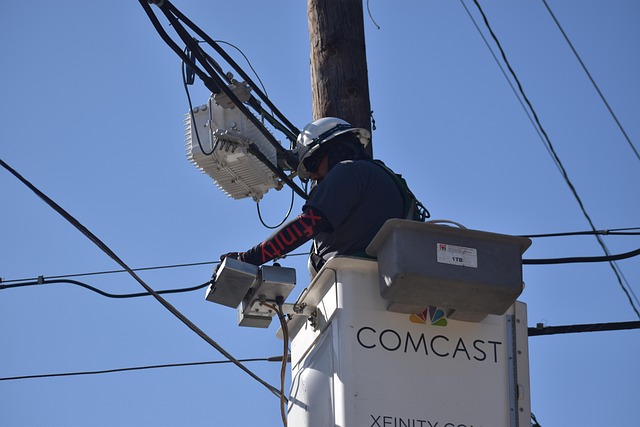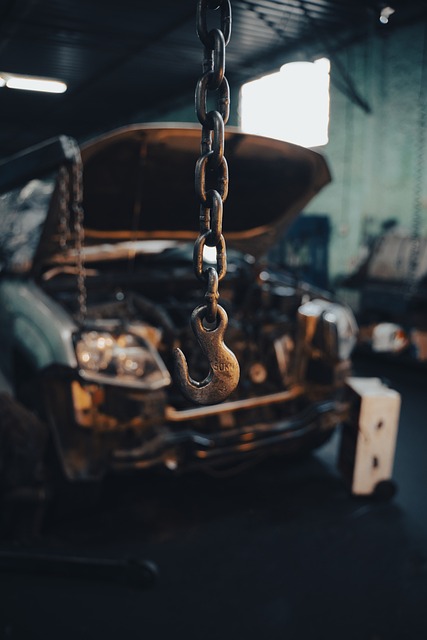Policy limits in collision insurance claims determine the maximum compensation for car damage repairs, influencing financial outcomes. Lower policy caps can result in subpar service or budget constraints for minor incidents, while severe collisions may also be limited. To maximize compensation, policyholders should understand their coverage, consider higher deductibles for lower premiums, prioritize safety and resale value repairs, and communicate effectively with insurers about damage extent to ensure adequate payouts for both immediate and long-term vehicle upkeep.
In the intricate world of collision insurance claims, policy limits play a pivotal role in determining the financial outcome of accident victims. This article delves into the critical intersection of these limits and their direct influence on claim payouts. We explore real-world scenarios where policy constraints shape compensation, offering valuable insights for maximizing recovery within established boundaries. By understanding the mechanisms at play, policyholders can navigate this complex landscape with informed strategies.
- Understanding Policy Limits and Their Role in Accident Claims
- When Policy Limits Impact Claim Payouts: Real-World Scenarios
- Strategies for Maximizing Compensation Within Policy Boundaries
Understanding Policy Limits and Their Role in Accident Claims

When it comes to accident claims, policy limits play a pivotal role in determining the financial compensation individuals receive for their injuries and damages. Policy limits are essentially the maximum amount of coverage an insurance provider agrees to pay out under specific circumstances. In the context of collision insurance claims, these limits are crucial as they set the cap on what can be claimed from the insurer. Understanding these policy constraints is essential for anyone looking to file a claim, as it directly impacts the process and outcome.
For instance, when a car sustains damage in an accident, whether it’s a minor scratch or significant structural damage requiring collision repair services, the policy limit will dictate how much the insurance company is obligated to pay. If the repairs exceed this limit, the individual may need to consider out-of-pocket expenses for any additional car damage repair not covered by their policy. Knowing these limits beforehand can help individuals make informed decisions regarding their coverage options and ensure they receive adequate compensation for their collision insurance claims.
When Policy Limits Impact Claim Payouts: Real-World Scenarios

In real-world scenarios, when policy limits impact collision insurance claims, the consequences can vary greatly. Consider a scenario where a policyholder’s coverage caps are lower than the actual cost of auto repair services after a minor fender bender. In this case, despite the relatively low damage to the vehicles involved, the policyholder may be left footing the bill for only a portion of the necessary repairs at their local collision center. This can result in subpar car repair services, as they might have to skimp on materials or labor to stay within the policy limits.
Another common situation occurs when a severe collision leads to extensive damage. Policy limits might restrict the claim payout, causing the insured to seek alternative solutions for their vehicle’s recovery. They may opt for less expensive auto repair services from independent shops or choose to perform some of the repairs themselves. While this can lead to more DIY car maintenance, it underscores the importance of understanding policy limits and the potential impact on access to quality collision center services.
Strategies for Maximizing Compensation Within Policy Boundaries

When dealing with collision insurance claims, maximizing compensation within policy boundaries requires a strategic approach. Policyholders should first thoroughly understand their coverage limits and deductibles. This knowledge enables them to make informed decisions during the claim process. For instance, opting for a higher deductible might lower premiums but could also result in out-of-pocket expenses that need careful consideration.
Additionally, prioritizing repairs that enhance vehicle safety and resale value can be beneficial. While purely aesthetic enhancements may not be covered, essential components like car restoration or collision repair of structural elements can significantly impact the final payout. Effective communication with insurers about the extent of damage and required repairs is key to securing adequate compensation for both immediate needs and long-term vehicle upkeep, including repairs to vehicle bodywork.
Collision insurance claims can be complex, especially when policy limits come into play. By understanding these limits and their impact on payouts, individuals can better navigate the claims process. Knowing how to maximize compensation within these boundaries is crucial for ensuring fair and adequate financial support after an accident. This article has provided insights into both the role of policy limits and strategies for navigating them effectively.














